Gary Con IV Report
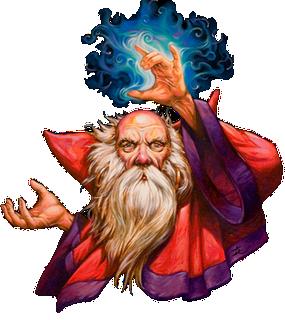 Yesterday I drove up to Lake Geneva, the birthplace of Dungeons and Dragons, for Gary Con IV, the annual gathering in honor of Gary Gygax, the father of role-playing games.
Yesterday I drove up to Lake Geneva, the birthplace of Dungeons and Dragons, for Gary Con IV, the annual gathering in honor of Gary Gygax, the father of role-playing games.
I really enjoy Gary Con. In both locale and tone it’s very much what I imagine the earliest GenCon gaming conventions — which took place in Lake Geneva over thirty years ago — were like.
Just like the early GenCons it’s small and very friendly, with a focus on vintage gaming and first edition D&D/AD&D, with many early TSR employees and industry giants from that era in attendance.
Just a few of the distinguished guests this year included Basic D&D boxed set author Frank Mentzer; Knights of the Dinner Table creator Jolly Blackburn; author and Dragonlance co-creator Margaret Weis; long-time TSR employee Mike Carr, author of In Search of the Unknown and many others; Troll Lord Games CEO Stephen Chenault; classic AD&D artists Jeff Easley and Jeff Dee; founding Dragon editor Tim Kask; KenzerCo chief David Kenzer; Metamorphosis Alpha creator Jame M. Ward; Snit’s Revenge creator Tom Wham; Dungeons & Dragons 3.0 co-creator Skip Williams, and many others.
One of the marvelous things about small conventions, of course, is that it’s possible to talk to the guests — unlike big cons where they are usually mobbed.
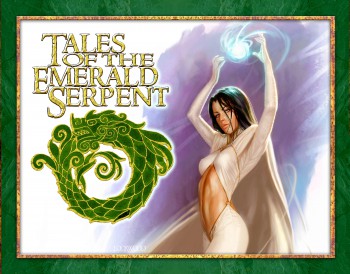
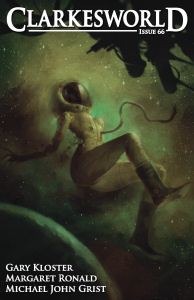 The March issue of Clarkesworld is currently
The March issue of Clarkesworld is currently 
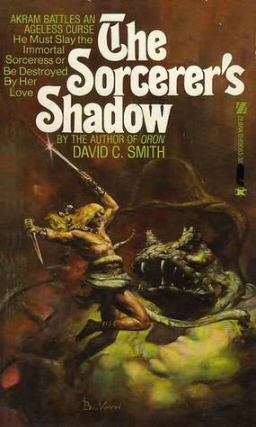
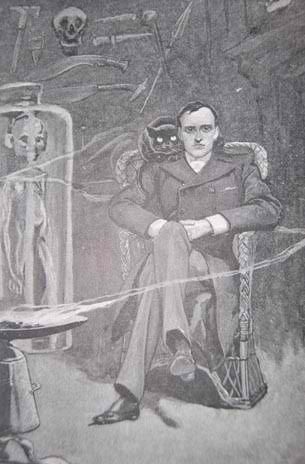
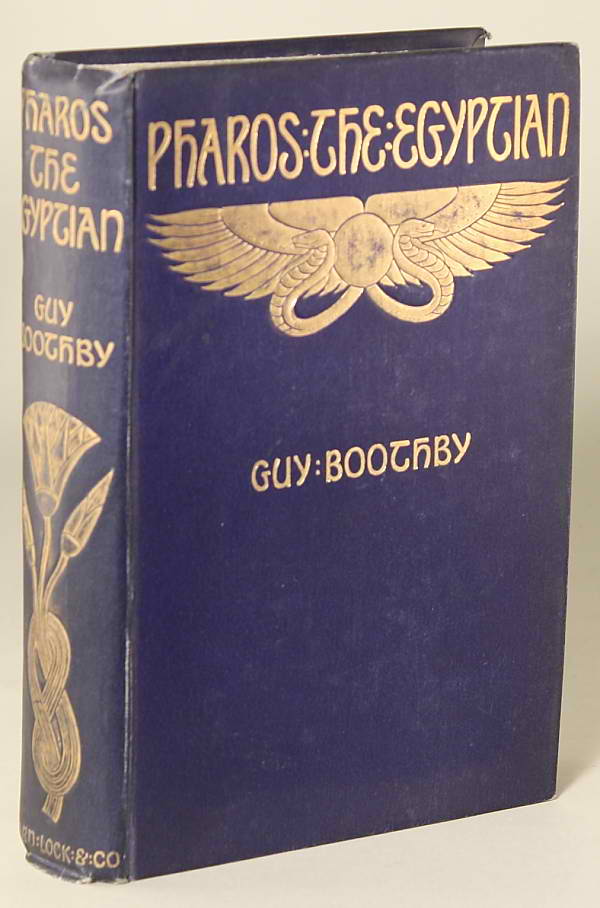

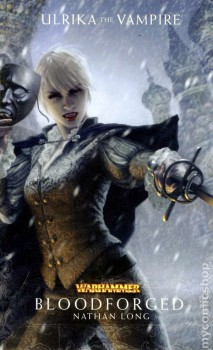 This week Black Gate picks up where we left off in
This week Black Gate picks up where we left off in 
